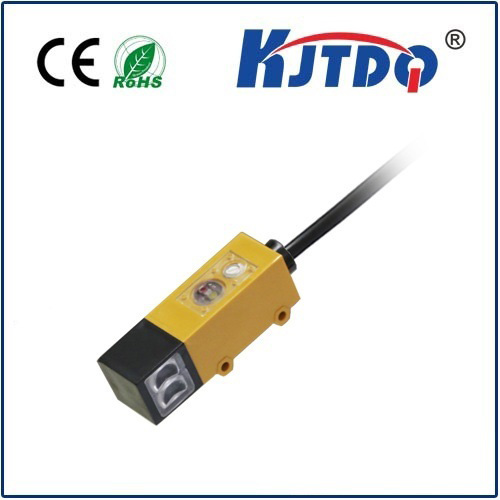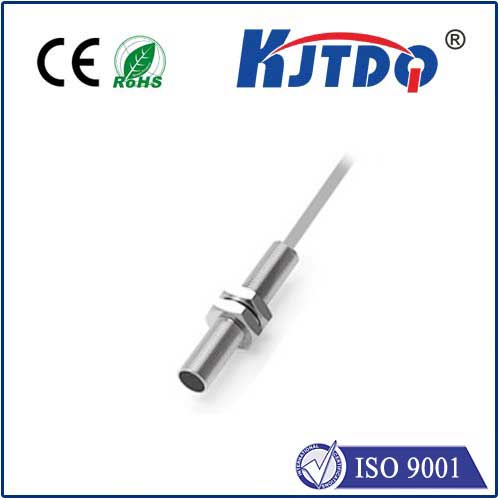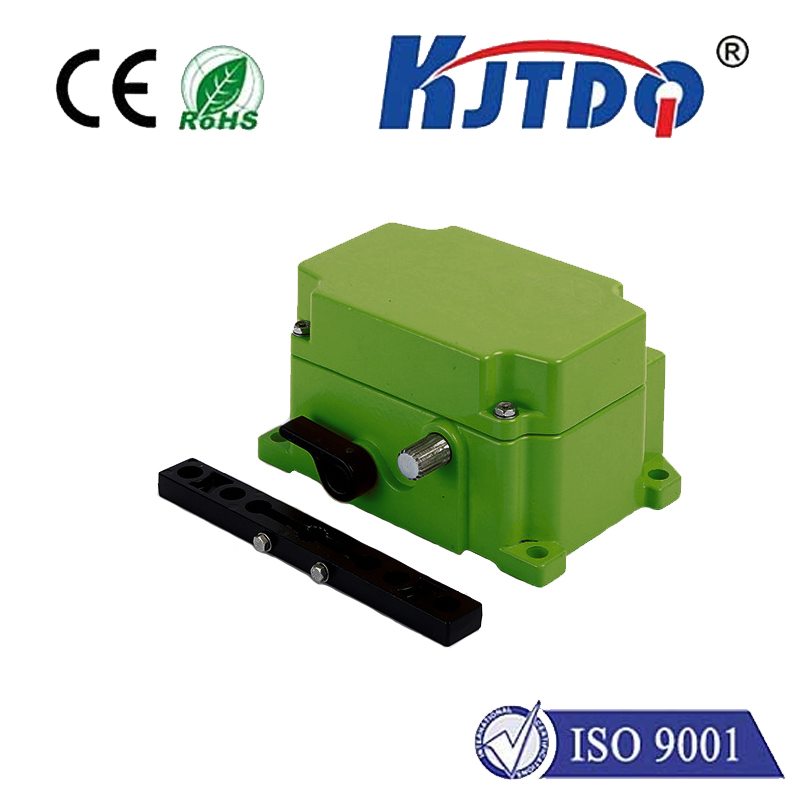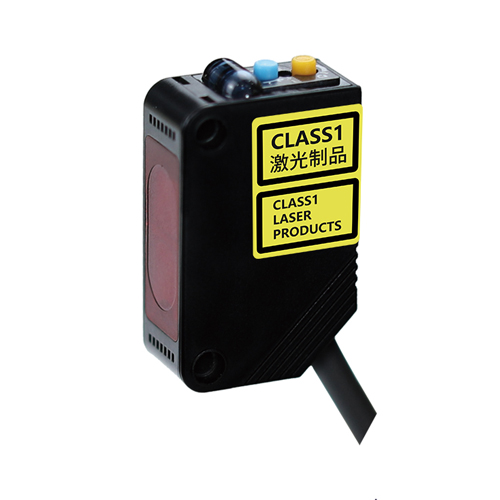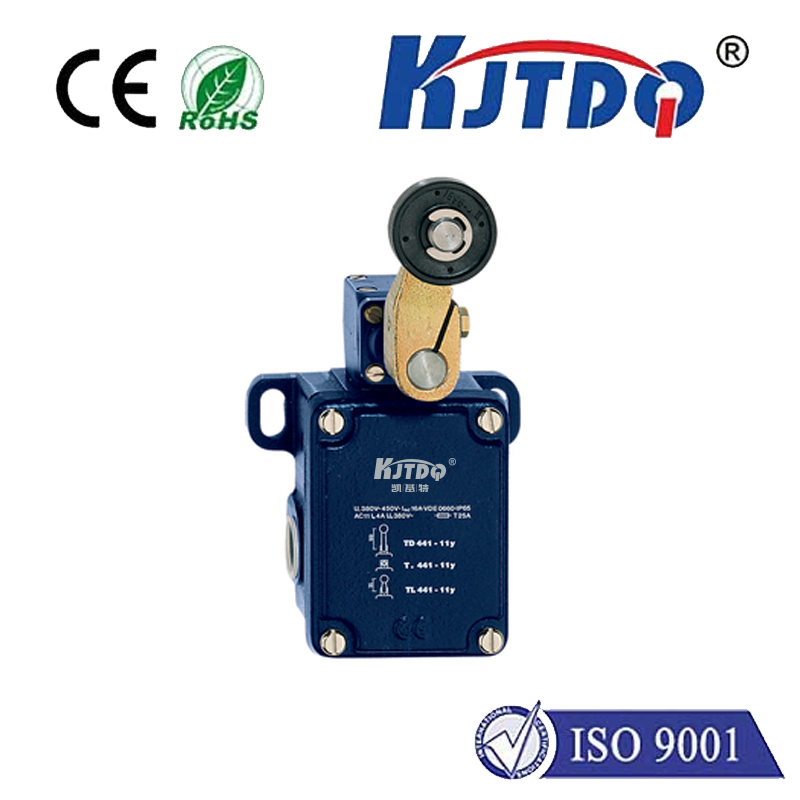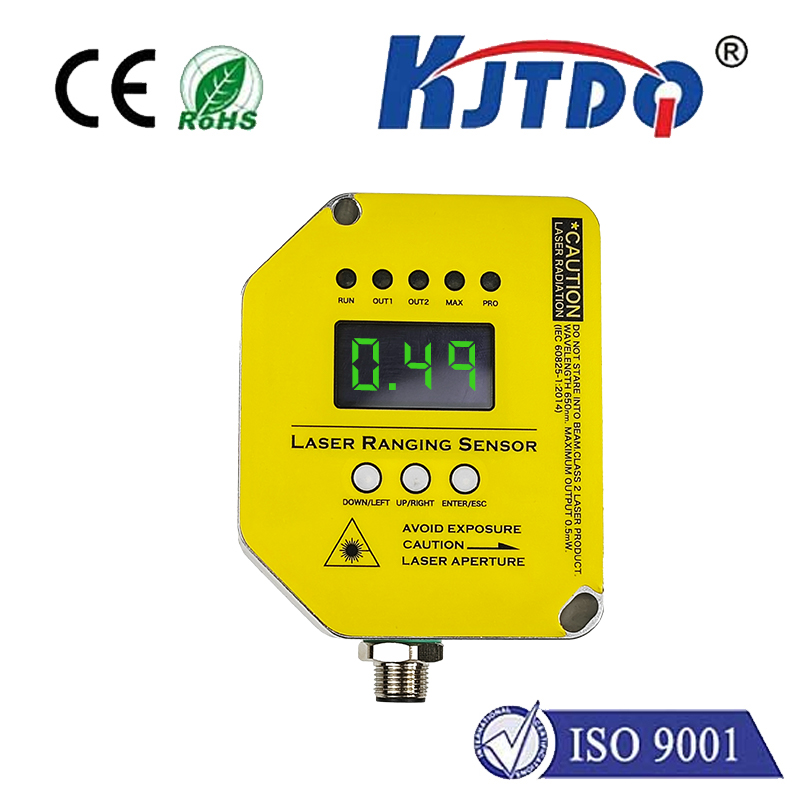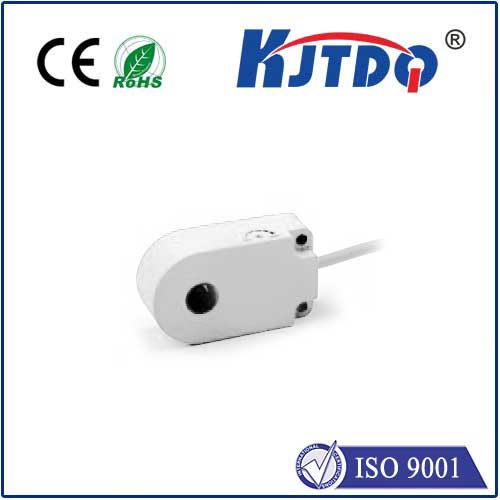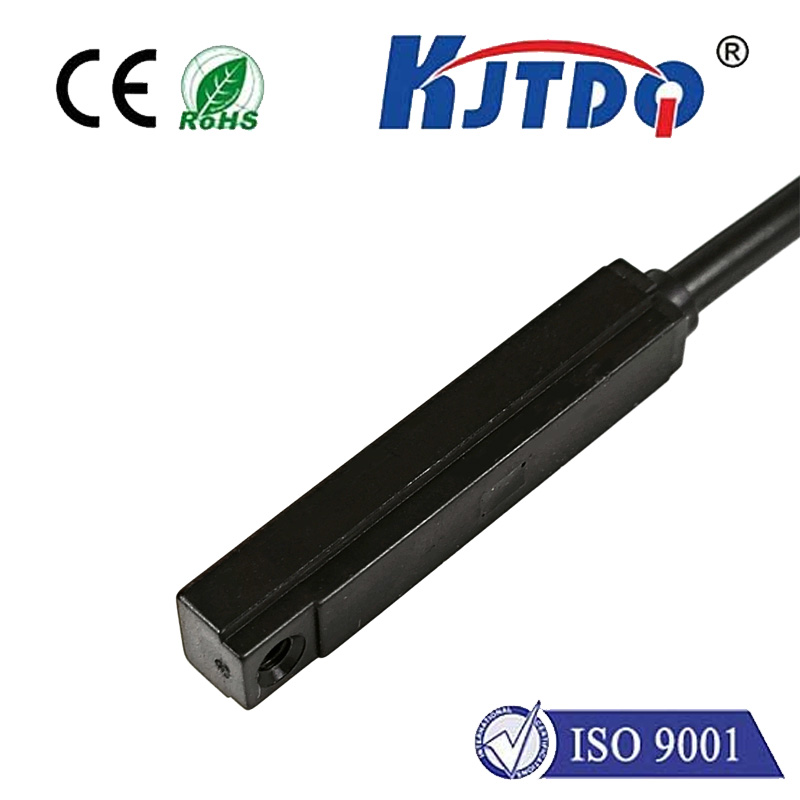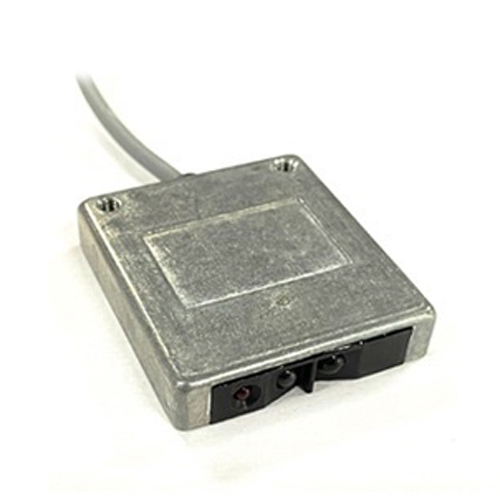BES0273 proximity sensor
- time:2025-10-15 07:53:09
- Click:0
BES0273 Proximity Sensor: Unlocking Precision & Reliability in Non-Contact Detection
Imagine a world where machines operate seamlessly, assembly lines hum with flawless efficiency, and critical safety systems respond instantaneously – all triggered without a single physical touch. This reality underpins modern automation, and at its heart often lies a humble yet crucial component: the proximity sensor. Among these, the BES0273 proximity sensor stands as a specific solution engineered for dependable performance in demanding environments. Understanding what this sensor does and why it matters reveals a fascinating intersection of physics, engineering, and practical application.
Proximity sensors, fundamentally, are devices designed to detect the presence or absence of an object within a defined range without any physical contact. They achieve this through various sensing principles like inductive, capacitive, ultrasonic, or optical methods. The BES0273 belongs to the category of inductive proximity sensors. This type specifically excels at detecting metallic objects. Its operation relies on generating an electromagnetic field. When a metal target enters this field, it induces eddy currents within the metal, causing a detectable change in the sensor’s internal oscillation circuit. This change triggers its output switch.

So, what makes the BES0273 proximity sensor noteworthy? While specific specifications can vary by manufacturer (the “BES” prefix often indicates particular design or feature sets), inductive sensors sharing this designation typically offer a compelling set of characteristics:
- Robust Reliability in Tough Conditions: Engineered for industrial settings, the BES0273 often boasts a rugged housing (typically nickel-plated brass or stainless steel) offering excellent resistance to impact, vibration, dust, moisture (often IP67 or higher ratings), and even cutting fluids or coolants common in machining. This robust construction ensures longevity and consistent operation where other sensors might fail.
- Shielded Design: A key feature is its shielded (or sometimes called “flush-mountable”) construction. This allows the sensor to be installed flush with or embedded within metal mounting surfaces without its sensing field being adversely affected laterally. This simplifies installation and provides mechanical protection.
- High Switching Frequency: These sensors react incredibly fast. A typical BES0273 can detect objects and toggle its output state thousands of times per second. This high switching frequency is essential for high-speed automation processes like counting, positioning, or controlling fast-moving parts on conveyors.
- Precision Sensing: Offering a defined sensing range (e.g., 2mm, 4mm, 8mm – denoted by suffixes like BES0273-…), they provide accurate and repeatable detection within their specified operating distance. This precision is vital for quality control and machine safety.
- Non-Contact Operation: The fundamental advantage. Because detection happens without touching the target, there is no mechanical wear on the sensor itself or on the objects being detected. This translates to significantly reduced maintenance costs and eliminates issues like part marking or premature wear.
- Output Flexibility: The BES0273 proximity sensor commonly comes with configurable output types. These usually include:
- NPN Normally Open (NO) / Normally Closed (NC): Common interface for PLCs and controller inputs where the sensor acts like a switch sinking current.
- PNP NO/NC: Used in applications requiring sourcing current signals.
- Analog Output (less common but available in some variants): Provides a continuous signal proportional to the distance to the target.
Where Does the BES0273 Proximity Sensor Shine? Key Applications
The combination of robustness, speed, precision, and non-contact detection makes the BES0273 inductive proximity sensor indispensable across numerous sectors:
- Industrial Automation: This is its core domain. Think assembly lines for detecting part presence/absence, position verification of machine components (tool changers, slides, clamps), end-of-stroke detection on cylinders, monitoring rotational speed via gear teeth counting, checking for jams in feed systems, and verifying robot end-effector positioning. Its ruggedness is key here.
- Material Handling & Packaging: Used extensively on conveyors for object counting, sorting, position control of pallets or cartons, detecting filled vs. empty containers, and triggering diverters or stops. The high switching frequency ensures accurate counting even at high line speeds.
- Machine Tooling: In CNC machining centers, lathes, and milling machines, BES0273 sensors detect tool position, confirm tool changes have occurred correctly, monitor coolant flow (via float detection), and ensure protective guards are closed (safety interlocking). Resistance to coolants and metal chips is critical.
- Automotive Manufacturing: From engine assembly lines (detecting pistons, crankshafts, etc.) to body shop welding robots (verifying clamp positions, part presence before welding), the reliability of sensors like the BES0273 is paramount for throughput and quality. The shielded design facilitates easy integration into metal machinery.
- Food & Beverage (Suitable Variants): Specific models with food-grade housings (e.g., stainless steel) can be used for detecting metal components on production lines, verifying can/bottle positions for filling or capping, and monitoring levels in tanks (if a metal float is used).
Implementing the BES0273: Key Considerations
While robust, maximizing the performance and lifespan of your BES0273 proximity sensor involves thoughtful installation and operation:
- Correct Sensing Range Selection: Choose the sensor with a range suitable for your application. Mounting the sensor too far from the target object will lead to unreliable detection. Conversely, mounting it too close risks physical damage.
- Target Material and Size: Remember, it detects ferrous and non-ferrous metals, but the sensing distance varies significantly. Ferrous metals (like steel) typically offer the longest range. Non-ferrous metals (aluminum, brass, copper) reduce the effective sensing distance. Ensure the target itself is large enough to reliably trigger the sensor within its rated range – small targets may require a sensor with a shorter nominal range.
- Mounting: Utilize the shielded design advantage by mounting it flush in metal whenever possible for optimal protection and performance. Ensure secure mounting to prevent vibration-induced false signals or damage. Avoid installing near strong electromagnetic fields or other proximity sensors that could cause interference.
- Wiring & Power: Connect according to the sensor’s specification (NPN/PNP, NO/NC). Ensure the power supply voltage is within the specified operating range (commonly 10-30V DC). Protect wiring from mechanical damage and environmental hazards. Using the correct cable type (often PUR or PVC sheathed) is important.
The Unsung Hero of Automation
In the complex symphony of modern machinery and automated systems, components like the BES0273 proximity sensor often play the role of the unsung hero. They work tirelessly in the background, providing the essential “yes/no” signals that control logic, ensure safety, and guarantee process reliability. Its specific blend of inductive sensing technology, robust construction, shielded capability, and high-speed switching makes it a trusted solution for countless engineers tackling demanding detection tasks. When precision, speed, and unwavering reliability in detecting metallic objects are non-negotiable, the BES0273 proximity sensor consistently delivers, proving itself a fundamental building block in the landscape of industrial automation and control.






